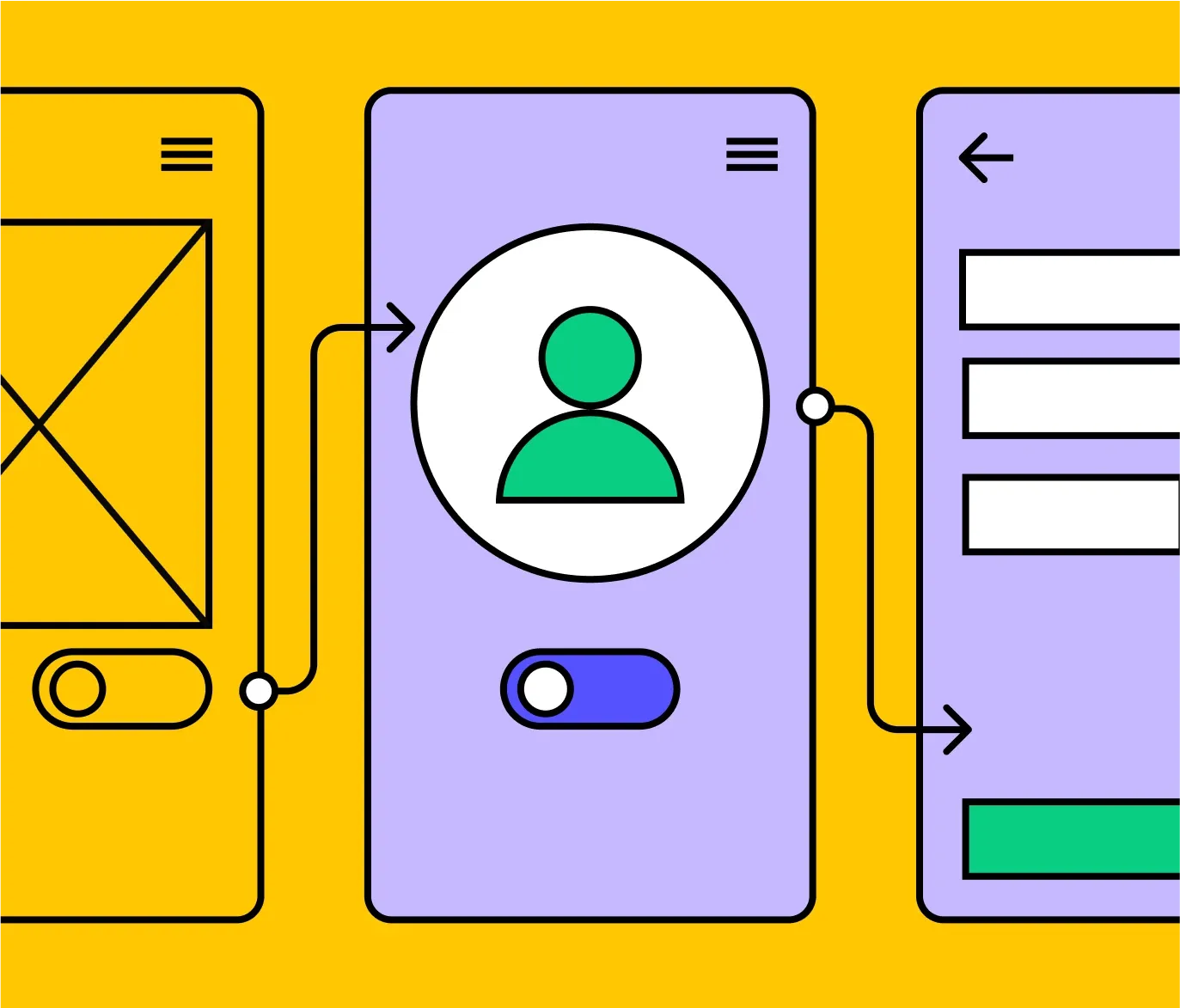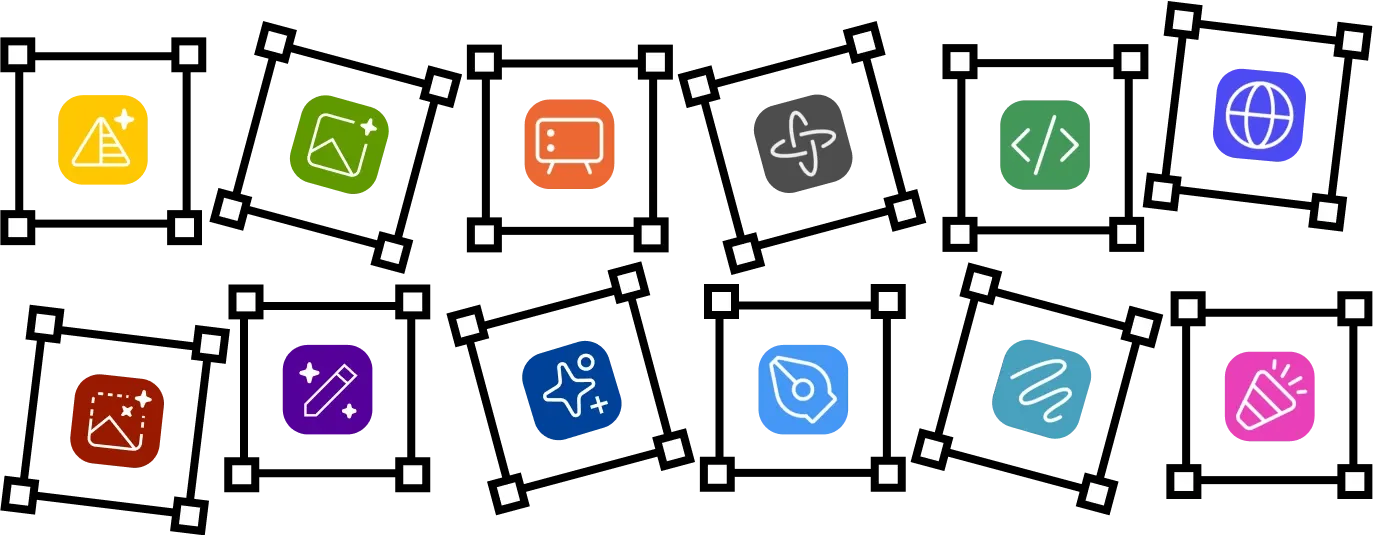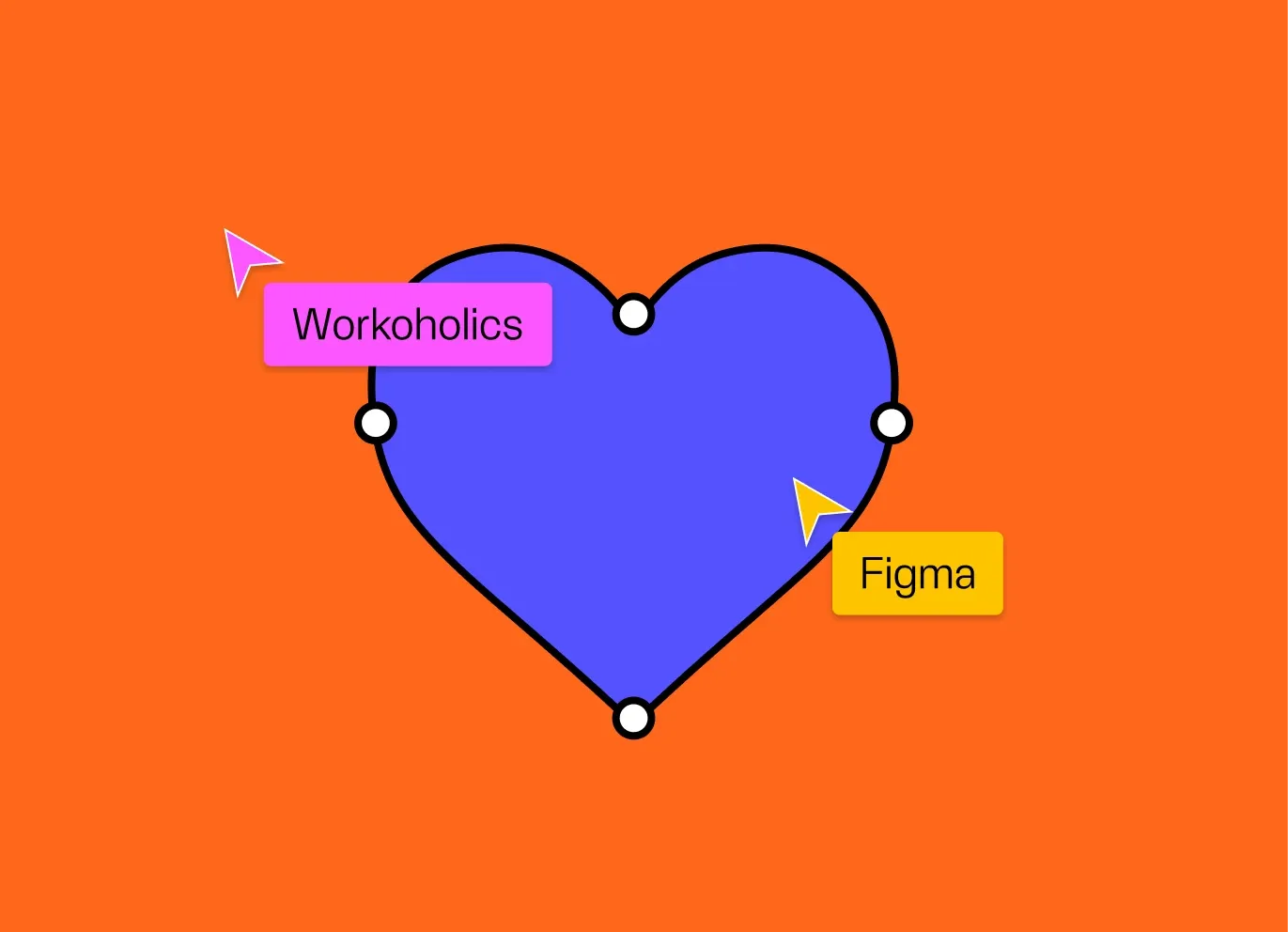Over time, Figma has evolved, and so have we. What started as an interface editor in the cloud has evolved into an end-to-end creative platform, allowing us to design, illustrate, prototype with AI, generate content for campaigns, collaborate in real time and even publish websites. All from one place. All as a team.
We chose Figma for what it facilitates, what it simplifies and what it empowers. For years, to open or edit a design file you had to have the right operating system, install specific software or exchange heavy versions by mail. It was a challenge. But Figma changed the rules: it is accessible from any browser, on any device and system, with desktop version, mobile app and real-time preview.
But accessibility goes beyond the device: Figma has such a smooth learning curve that anyone can participate. Non-designer profiles can comment, edit text, review flows or contribute from their experience without fear. And that's key for us. We believe in shared processes, in collective intelligence and in opening design to those who are part of the projects. That's why we also value their ability to collaborate in real time: we design together, review on the fly, comment directly on the file and make decisions without leaving the workbench. Like a Google Docs, but for interfaces.

At Workoholics we use Figma in all phases of digital design. We assign different roles according to each project: the communication and marketing team comments on texts and visual hierarchies; development accesses Dev mode to extract properties, review structures and export assets ready for implementation; and design leads the creation of wireframes, layouts, interactive prototypes and reusable components. Everything happens in the same file, in real time, without duplication or misunderstandings.
We also take full advantage of the ecosystem surrounding the tool. The Figma community is an inexhaustible resource of inspiration and solutions: UI kits, design systems, accessible resources, creative ideas. And the plugins and widgets we use help us automate tasks, generate test content, validate color contrast, translate text, document components or synchronize design tokens. Every new useful plugin and widget is one more tool to save time and take care of the details.

Figma has evolved from an interface editor to a multidisciplinary design and creation platform, capable of adapting to the needs of design, development and content teams. These are some of the updates that have been implemented lately.
- Figma Draw: an integrated illustration tool with dynamic strokes, masks and handwriting. Ideal for adding a more personal or artistic touch without leaving the file.
- Grid + Auto Layout: the new layout system based on real grids simulates the behavior of CSS, facilitating collaboration between design and development and improving visual fidelity.
- Figma Sites: allows you to design and publish websites directly from the tool, with breakpoints, animations and editable styles. We use it for landings, campaigns or ephemeral websites that need agility and visual coherence.
- Figma Make: an artificial intelligence-based functionality that generates functional prototypes from frames or descriptions in natural language. It helps us to validate ideas and explore solutions quickly.
- Figma Buzz: designed for the marketing team, it allows us to generate visual assets at scale from templates, spreadsheets and prompts, always maintaining the visual consistency of the brand.
- Dev Mode + MCP Server: improves code transfer by allowing tools such as GitHub Copilot or Claude to directly access styles, measurements and tokens defined in the design.
- Integrated generative images: As of May 2025, Figma incorporates AI image generation and editing directly into the canvas, extending creative possibilities without leaving the workflow.
In short, Figma is not just a tool we use: it is a shared space where we design, review, learn, create and improve together. It helps us work better, more connected, with less friction and more freedom. It's collaborative, open, alive. And that's why it remains, project after project, an essential part of the way we work.
